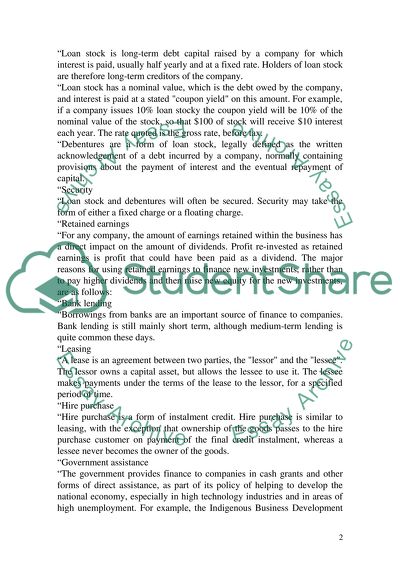Cite this document
(“Sources of Finance Assignment Example | Topics and Well Written Essays - 1250 words”, n.d.)
Sources of Finance Assignment Example | Topics and Well Written Essays - 1250 words. Retrieved from https://studentshare.org/finance-accounting/1523785-managing-financial-resources-essay
Sources of Finance Assignment Example | Topics and Well Written Essays - 1250 words. Retrieved from https://studentshare.org/finance-accounting/1523785-managing-financial-resources-essay
(Sources of Finance Assignment Example | Topics and Well Written Essays - 1250 Words)
Sources of Finance Assignment Example | Topics and Well Written Essays - 1250 Words. https://studentshare.org/finance-accounting/1523785-managing-financial-resources-essay.
Sources of Finance Assignment Example | Topics and Well Written Essays - 1250 Words. https://studentshare.org/finance-accounting/1523785-managing-financial-resources-essay.
“Sources of Finance Assignment Example | Topics and Well Written Essays - 1250 Words”, n.d. https://studentshare.org/finance-accounting/1523785-managing-financial-resources-essay.


